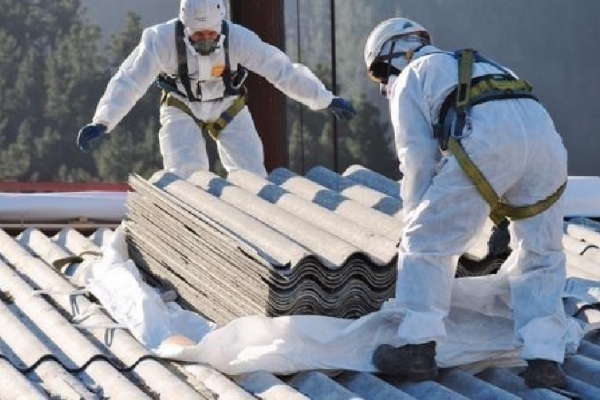When it comes to building and construction, safety should always be the top priority. That’s why it’s important to understand the role of asbestos in these industries and the regulations in place to protect workers and the general public.
Asbestos is a naturally occurring mineral that has been used in building and construction materials for many years due to its durability, heat resistance, and insulation properties. However, it has also been linked to a range of health problems, including lung cancer, mesothelioma, and asbestosis. As a result, many countries have strict regulations in place to limit its use and exposure. In this article, we will provide a comprehensive overview of asbestos, its health risks, and the regulations governing its use in building and construction.
Contents
What is Asbestos?
Asbestos is a naturally occurring mineral that was widely used in building and construction materials until the 1970s. It was prized for its strength, durability, and resistance to heat and fire. However, the use of asbestos has been linked to a number of health problems, including mesothelioma, lung cancer, and asbestosis.

Health Risks of Asbestos
Asbestos is made up of microscopic fibers that, when inhaled, can become lodged in the lungs and cause serious health problems. These fibers can cause scarring of the lung tissue, which can lead to breathing difficulties and, in some cases, cancer. Symptoms of asbestos-related diseases may not appear for several years or even decades after exposure, making early detection and prevention critical.
Regulations Governing Asbestos Use in Building and Construction
Due to the serious health risks associated with asbestos, there are strict regulations governing its use in building and construction. In the United States, the Environmental Protection Agency (EPA) and the Occupational Safety and Health Administration (OSHA) regulate the use of asbestos in these industries.
Under the Toxic Substances Control Act (TSCA), the EPA has banned the use of asbestos in most products. However, certain products, such as roofing and automotive brake pads, are still allowed to contain small amounts of asbestos. The EPA also requires that buildings be inspected for asbestos prior to demolition or renovation.
OSHA regulates the use of asbestos in the workplace to protect workers from exposure to the mineral. Employers are required to provide training on the hazards of asbestos, as well as proper protective equipment and clothing for workers who may come into contact with it.
In addition to federal regulations, many states have their own laws governing the use of asbestos in building and construction. For example, California has strict regulations on the use of asbestos in schools and public buildings.
Alternatives to Asbestos
Due to the health risks associated with asbestos, many manufacturers have developed alternative materials for use in building and construction. These materials, such as fiberglass and cellulose, are less hazardous than asbestos and are becoming increasingly popular in the industry.
Conclusion
Asbestos is a dangerous mineral that has been linked to a number of health problems, including cancer and lung disease. The use of asbestos in building and construction is strictly regulated to protect workers and the general public. It’s important to understand the health risks associated with asbestos and to comply with all regulations governing its use. By using alternative materials and following proper safety procedures, we can create safer and healthier environments for everyone.



